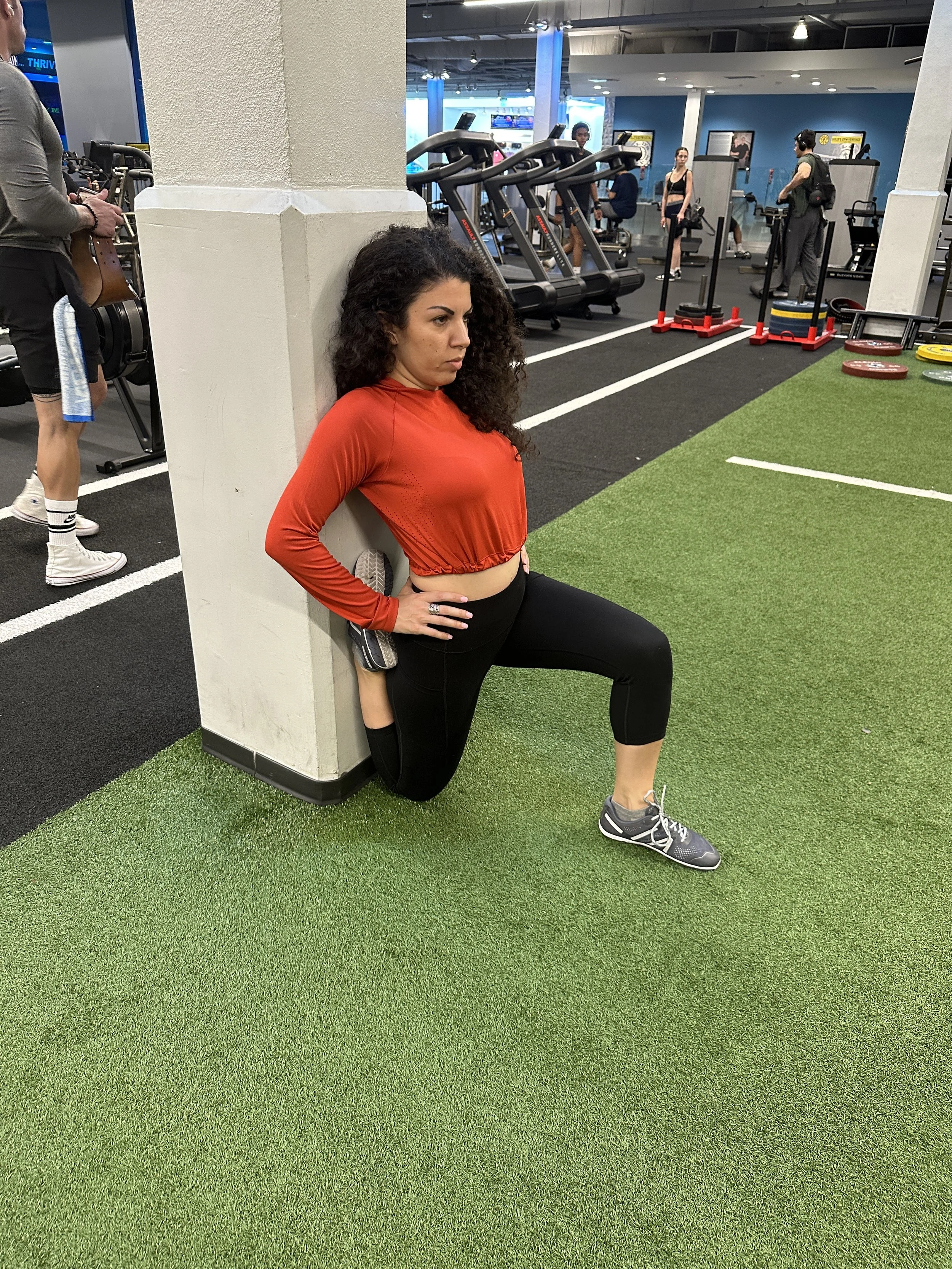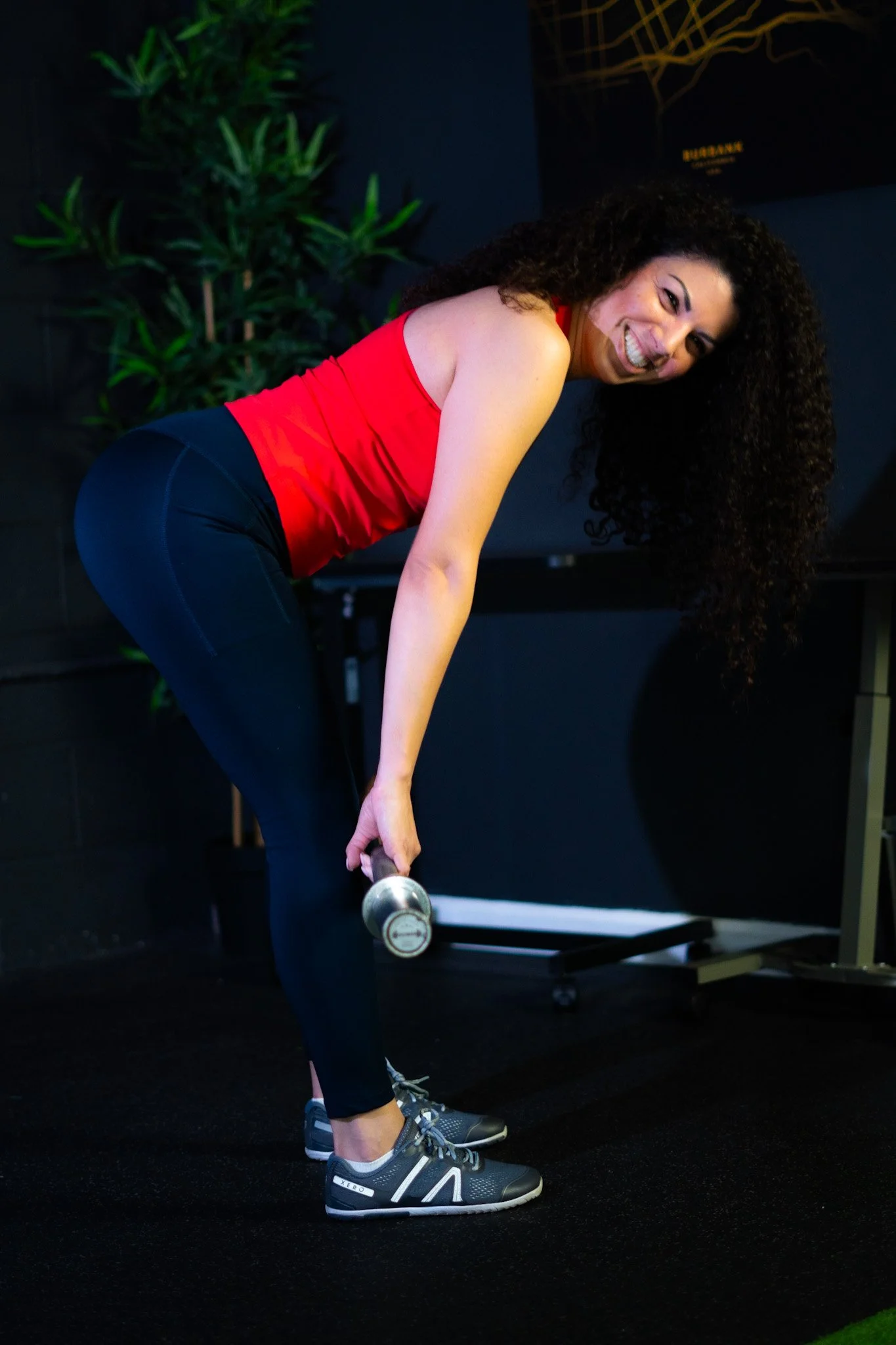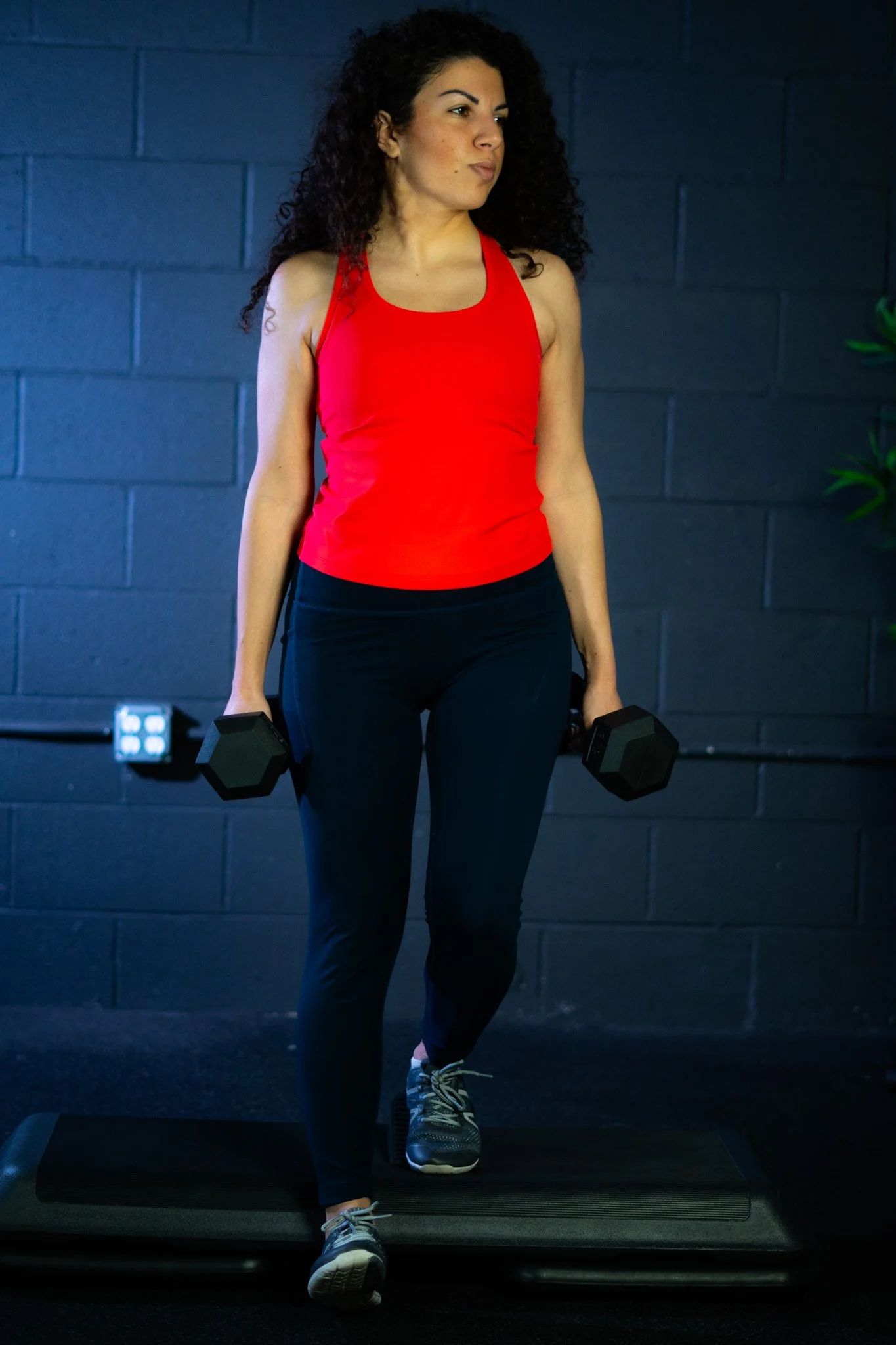
The Science of Knee Pain: Why You Don’t Have to Live With It
Knee pain is one of the most common complaints among people of all ages. Whether it’s from a sports injury, chronic overuse, or simply the wear and tear of everyday life, knee pain can have a serious impact on your quality of life. But it doesn’t have to be something you live with forever. Understanding what causes knee pain, how to assess the problem, and how strength training and mobility work is key to both rehabilitation and long-term knee pain prevention.

Returning to Sports After Injury: 5 Key Considerations
Persistent pain is a sign of incomplete healing. Playing sports through it can lead to a secondary, potentially more severe injury, because you already had weakness in your body.

Case Study: Client John went from Knee Pain to Running 5Ks
Prior to training with me, John couldn’t go to work without feeling pain. He also couldn’t play basketball without pain and had to stop playing to prevent further injury. However, after even a couple of weeks of training with me, he noticed his chronic knee pain decreased tremendously.

Prevent Overuse Injuries: Balance Strength and Recovery
Limit repetitive motions. And be mindful of how fast you increase intensity or load! Cross training can help your body adjust to handle more well-rounded physical activity. So if you’re a runner, give your knees a break from time to time and go for a swim.

Increase Hamstring Strength to Prevent Injury
If your quads are overdeveloped and your hamstrings are underdeveloped, you are more likely to get an ACL injury. And if you’re a woman, you’re more susceptible to this problem. Your hamstrings help you walk, run, extend your legs, and bend your knees. This muscle is a big shock absorber and prevents other areas of your body from absorbing shock from walking, running, or other activities.

Mobility Matters: Top 5 Reasons to Make Mobility Training a Priority
Sometimes it takes losing something to realize its value. You may take for granted how easily you’re able to walk, get out of bed, and carry groceries to your car, until you can’t do it anymore. Mobility is the combination of strength, flexibility, and control. Like learning a new language, if you don’t use it, you’ll lose it.

Top 3 Reasons Training Legs are a Must!
The more muscle mass you have, the less likely you are to have cancer, and other illnesses. And your three largest muscles are all in your legs—glutes, hamstrings, and quads.

Strengthen These 5 Lower Leg Areas to Relieve Knee Pain
Patellar tendon injuries are very common in athletes and often occur from overuse or high impact. Swelling, pain, and inflammation in your patellar tendon can cause knee pain. And if you continue to play the same sports that caused your injury, or deadlift heavy in wrong form, you may cause permanent damage.

The Other Side of Rehab: Managing Stress, Sleep, & Emotions
It doesn’t matter how much you exercise, if you don’t manage your emotions, stress, or get enough sleep, you will prolong your injury recovery.

Top 7 Tips to Reduce Pain from Patellar Tendonitis
When I developed patellar tendonitis from a series of injuries—from Brazilian Jiu Jitsu to an ankle injury and car accident—I was at my lowest point.
